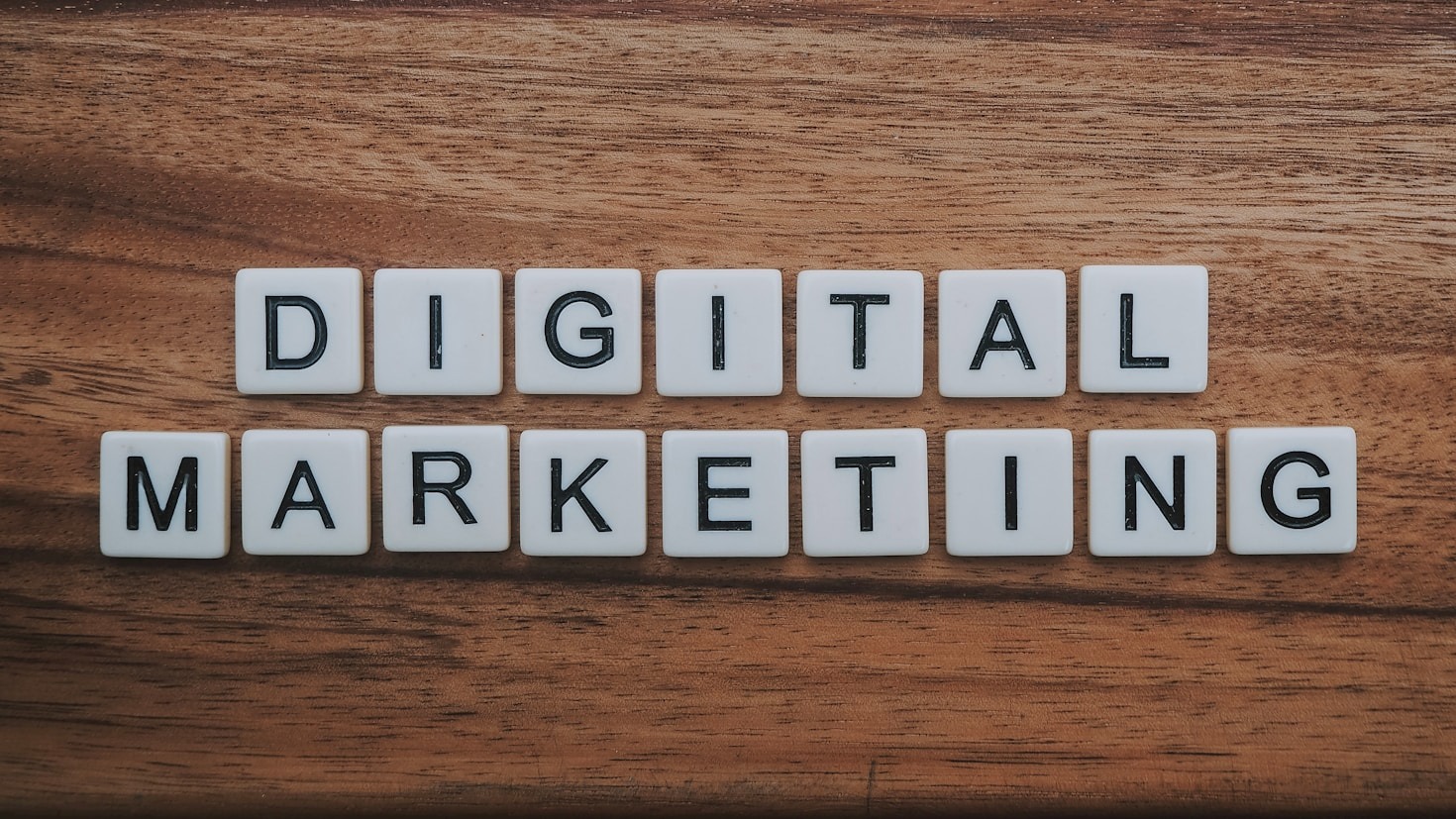Your cart is currently empty!
In an era where technology evolves at breakneck speed and consumer behavior shifts almost daily, digital advertising has emerged as the cornerstone of modern brand promotion. Gone are the days when billboards, TV commercials, and print ads were the primary tools for reaching audiences. Today, digital ads dominate the marketing landscape, offering unparalleled precision, scalability, and engagement. But what does the future hold for this dynamic field? How can brands leverage digital advertising to stay ahead in an increasingly competitive market? This blog post delves into the transformative power of digital ads, exploring their evolution, current trends, and future potential. Whether you’re a seasoned marketer or a business owner looking to amplify your brand’s reach, this comprehensive guide will equip you with the insights needed to navigate the ever-changing world of digital advertising.
The rise of digital ads can be attributed to the explosive growth of the internet and the proliferation of smart devices. With over 5 billion people worldwide using the internet and more than 6.6 billion smartphone users, the digital space has become the ultimate playground for brands to connect with their audiences. Unlike traditional advertising, digital ads offer real-time data, allowing marketers to measure performance, optimize campaigns, and target specific demographics with surgical precision. For instance, platforms like Google Ads and Facebook Ads enable businesses to reach users based on their interests, behaviors, and even geographic locations. This level of customization not only enhances the effectiveness of campaigns but also ensures that marketing budgets are spent wisely. Moreover, the interactive nature of digital ads—ranging from clickable banners to immersive video content—creates a two-way dialogue between brands and consumers, fostering deeper engagement and loyalty.
As we move toward the midpoint of this discussion, it’s essential to address the challenges and opportunities that lie ahead for digital advertising. While the benefits are undeniable, the landscape is not without its complexities. Issues such as ad fatigue, privacy concerns, and the rise of ad-blocking software have forced marketers to rethink their strategies. Consumers are becoming increasingly selective about the content they engage with, demanding authenticity and value in exchange for their attention. This shift has given rise to innovative formats like native advertising, influencer partnerships, and user-generated content, which blend seamlessly into the user experience. Additionally, advancements in artificial intelligence and machine learning are revolutionizing how ads are created and delivered. AI-powered tools can now analyze vast amounts of data to predict consumer behavior, personalize messaging, and automate campaign management. These technologies are not just enhancing efficiency but also enabling brands to deliver hyper-relevant content that resonates with their target audience.
In conclusion, digital advertising is not just a trend; it’s the future of brand promotion. As technology continues to evolve, so too will the ways in which brands connect with their audiences. The key to success lies in staying agile, embracing innovation, and prioritizing the consumer experience. By leveraging the power of data, creativity, and cutting-edge tools, businesses can create campaigns that not only capture attention but also drive meaningful results. As we look ahead, one thing is clear: the brands that thrive will be those that view digital ads not as a cost but as an investment in building lasting relationships with their customers. So, whether you’re just starting out or looking to refine your strategy, now is the time to embrace the limitless possibilities of digital advertising. The future is here—are you ready to seize it?


Leave a Reply